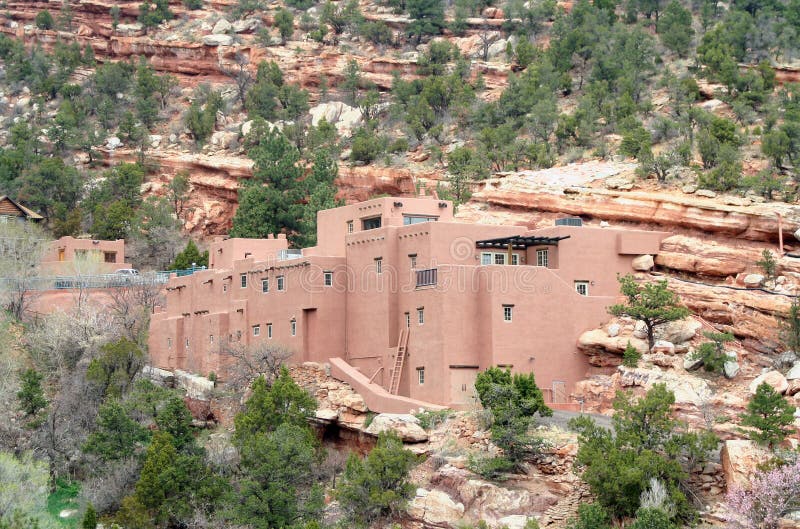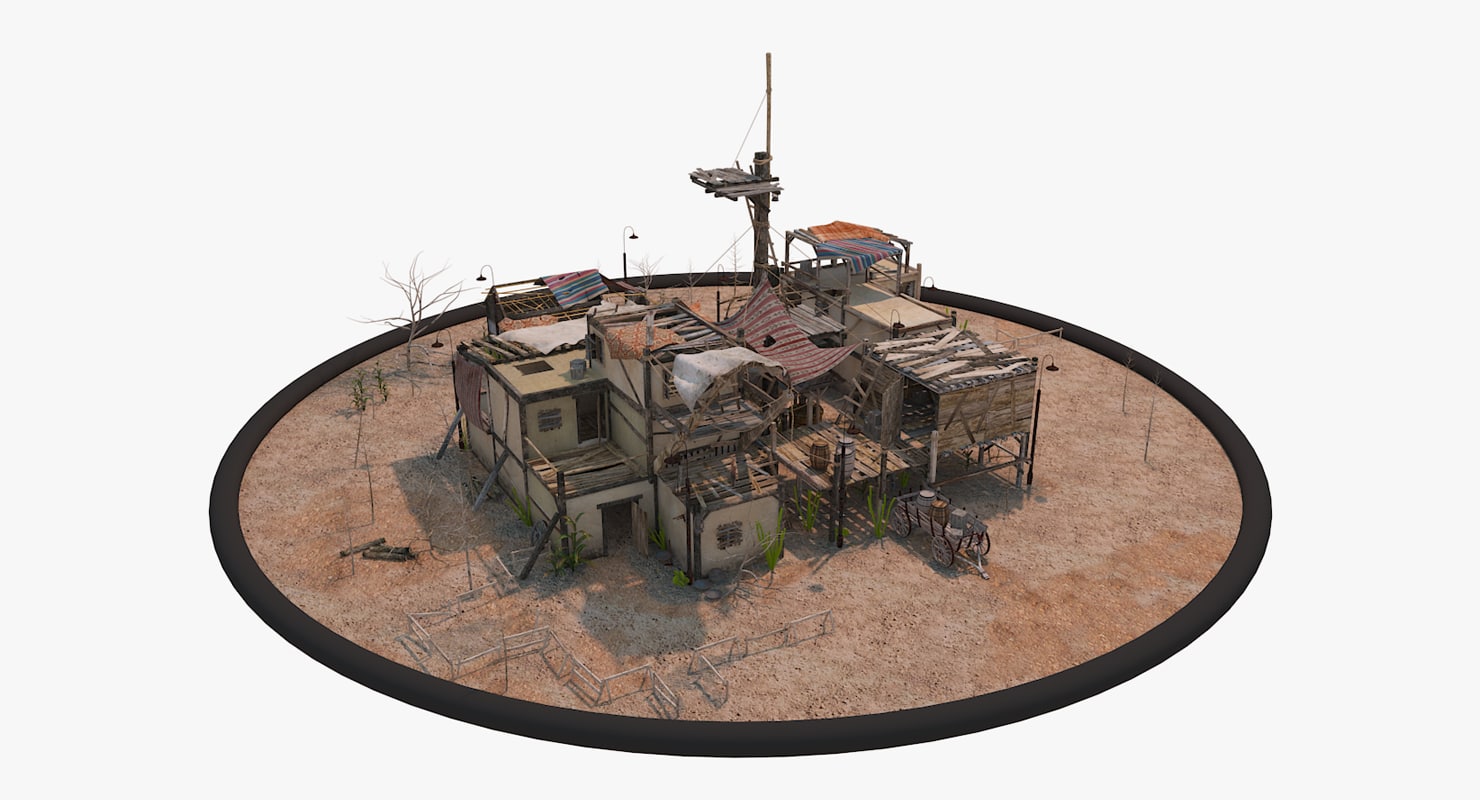Table Of Content

Generally speaking, Pueblo buildings feature a box base, smaller box on top, and an even smaller one on top of that, with the tallest reaching four and five stories. One ladder would take inhabitants to the patio, or second floor, and another led through an opening through a roof and onto the first floor.[11] Other ladders led to higher floors. In a typical pueblo building, adobe blocks form the walls of each room as well as a central courtyard; buildings can be up to five stories tall. Usually each floor is set back from the floor below, so that a given building resembles a stepped pyramid. This architectural form enables the roof of each level to serve as a terrace for the level above. Movement between levels was traditionally accomplished by means of wooden ladders, although staircases are now used as well.

Things Sold & Traded in Ancient Greece
Contemporary Puebloans are customarily described as belonging to either the eastern or the western division. The eastern Pueblo villages are in New Mexico along the Rio Grande and comprise groups who speak Tanoan and Keresan languages. Tanoan languages such as Tewa are distantly related to Uto-Aztecan, but Keresan has no known affinities. The western Pueblo villages include the Hopi villages of northern Arizona and the Zuni, Acoma, and Laguna villages, all in western New Mexico. Of the western Pueblo peoples, Acoma and Laguna speak Keresan; the Zuni speak Zuni, a language of Penutian affiliation; and the Hopi, with one exception, speak Hopi, a Uto-Aztecan language.
Hammel Building
Located within the central village plaza is a small hole, or “earth navel,” that is considered to be the “true center of the village.” (Photographs are not permitted). Although often quite inconspicuous visually, the plaza earth navel functions as the site of the axis mundi—a sacred site of both emergence and return that joins the underworld, the middle place, and the upper world. Depending upon availability, Pueblo room blocks are built using either sun-dried adobe or stone masonry, and sometimes both.
Spring & Summer in Southern Colorado
Adobe is a type of building material made by combining water, straw and clay, which is then shaped and allowed to dry. Timber was also a key component in the construction of pueblos, serving as the framework for the homes. Adobe is an excellent building material because of the abundance of clay in the Southwest and hot desert temperatures needed to dry and air-cure the bricks. Connecting the village with the surrounding landscape, the plaza earth navel is nested within a landscape marked by other earth navels. Each earth navel designates a sacred shrine, hilltop, or mountaintop that corresponds to one of the four cardinal directions. Marked by a loose arrangement of stones forming an open keyhole shape pointing toward the village, these earth navels direct blessings inward, toward the village.

The brilliant histories of art belong to everyone, no matter their background. Smarthistory’s free, award-winning digital content unlocks the expertise of hundreds of leading scholars, making the history of art accessible and engaging to more people, in more places, than any other publisher. The stone walls built during the period of Chaco’s cultural heyday were covered in plaster. Today, approximately 75,000 individuals of Pueblo descent still exist in America — most living in the southwest near the Mesa Verde region. Evolving from a hunter-gathering lifestyle, the Pueblo people were known as peaceful farmers, herdsmen, basketmakers, and potters.
Live & Play
Biden in Colorado to blast Boebert and ‘MAGA Republicans’ - The Washington Post
Biden in Colorado to blast Boebert and ‘MAGA Republicans’.
Posted: Wed, 29 Nov 2023 08:00:00 GMT [source]
Along with Diego Rivera and José Clemente Orozco, the great Mexican muralist/painter, David Alfaro Siqueiros established "Mexican Muralism." The tradition continues in Mexico today and inspired the Chicano art movement in the U.S. During his time in Los Angeles, Siqueiros created América Tropical, an 80x18 foot mural located above Olvera Street. Completed in 1932, the mural depicts a Mexican Indian crucified on a cross beneath an American eagle, with two sharpshooters aiming at the eagle from nearby. The mural’s political message about the exploitation of Mexican workers caused immediate controversy, and it was soon completely whitewashed. América Tropical was restored by the Getty Conservation Institute and opened to the public in October 2012 with a new viewing platform and interpretive center.
Garnier Building / Chinese American Museum
The building was restored in the 1950s and opened as a firefighting museum in 1960 with displays of helmets, photos and firefighting equipment of the late 19th and early 20th centuries. The parish church in the Plaza Historic District was founded as La Iglesia de Nuestra Señora la Reina de Los Ángeles ("The Church of Our Lady the Queen of the Angels") on Aug. 18, 1814. A replacement chapel, named La Iglesia de Nuestra Señora de los Ángeles (“The Church of Our Lady of the Angels") was rebuilt in 1861 using materials from the original church. La Placita Church was one of the first three sites designated as Historic Cultural Monuments by the City of Los Angeles and has been designated as a California Historical Landmark. The colorful Mexican marketplace opened on Easter Sunday, April 20, 1930 following a preservation campaign that was spearheaded by Christine Sterling.
Additionally, a campus message from CSU Pueblo was sent to the community on April 30, encouraging individuals to participate in any demonstration "respectfully and responsibly" while upholding "tolerance, inclusivity, and mutual respect." "I am a Chicana and Indigenous woman... I recognize what the Palestinians are going through as genocide and ethnic cleansing," Guerra Rodriguez said. "Our struggles are intertwined. They are parallel to one another against and through colonialism, imperialism, and the fight for maintaining the lands in which we are indigenous." Grab a bike, jump on a paddleboard, scale the nearest cliff with the mountains rising around you or catch up with friends at one of the nation’s oldest and most popular Frisbee Golf courses. The company's Dundee Place subdivision had a north side location "remote from fumes and smoke" produced by Pueblo smelters and blast furnaces, according to a May 27, 1888, edition of the Chieftain. Planting of cottonwood trees was prohibited at Dundee Place, as they turned "the ladies black dresses white," according to the Chieftain.
A conceptual understanding of a Pueblo village
Many Pueblo peoples continue to practice the kachina (katsina) religion, a complex belief system in which hundreds of divine beings act as intermediaries between humans and God. If you've ever traveled to the Southwestern United States, you've probably seen an adobe-style house, a type of home with deep roots in the region's Indigenous history. While many southwestern-style homes share a similar rustic, earthy aesthetic, adobe-style homes share some unique features that make them a practical choice for dry, hot, and extreme climates. In the Pueblo world, a sense of place is connected to emergence and movement, an idea that Pueblo architectural forms embody.
In the bright sunlight of the southwest, mica’s natural shimmer adds a reflective, lustrous quality to these homes. Yet using the mica to create this shimmering quality was not done simply because it is pleasing to look at, but because its appearance paralleled the transformative qualities that feature so prominently in Pueblo stories and songs. It is one of the many ways that Pueblo architecture reveals a close connection to the surrounding landscape and to Pueblo culture. Many of these dwellings included various defensive positions, like the high steep mesas such as at the ancient Mesa Verde complex or the present-day Acoma "Sky City" Pueblo. Earlier than 900 CE progressing past the 13th century, the population complexes appear to have been major cultural centers for the Pueblo peoples.
[4] Just as each village’s point of emergence is considered to be the true place of origin, so, too, is each village considered to be the true middle place. Rather than contradicting one another, however, Pueblo stories of emergence and migration both honor and reiterate the idea of multiple centers. Most notable Pueblo structures were made of adobe and built like an apartment complex.
Several of LA’s most historic buildings are located along the tree-shaded, brick-lined block, as well as dozens of Olvera Street shops, restaurants and other businesses. Olvera Street also hosts numerous traditional events throughout the year, including the Blessing of the Animals (Saturday before Easter), Cinco de Mayo, Fiestas Patrias (Mexican Independence Day), Dia de los Muertos, and Las Posadas. Spring & Summer in Pueblo means legendary sunsets with plenty of outdoor activities like biking, hiking, boating, fishing, golfing, rafting, rock climbing and exploring San Isabel National Forest. Savor delicious local cuisine along the Historic Arkansas Riverwalk, explore our region’s extensive farmer’s markets and live it up at our outdoor music festivals and activities for the entire family. DIVERSITY – Puebloans embrace the diversity in our people and our opportunities.
Explore our diversity through unique local food specialties like the Pueblo Chile, visit our many museums or talk to some of our residents about what brought them here. The five houses on this list are among the oldest in the county listed on the National Register, and each has its own unique history. Pueblos featured some distinctive characteristics as adaptations to the hot, dry climate of the desert. Pueblos were generally equipped with roof spouts to mitigate water erosion and prevent damage to brick surfaces. Their walls were also notably thick -- a means of maintaining cooler temperatures inside.
The term is now part of the proper name of some historical sites, such as Pueblo of Acoma.


No comments:
Post a Comment